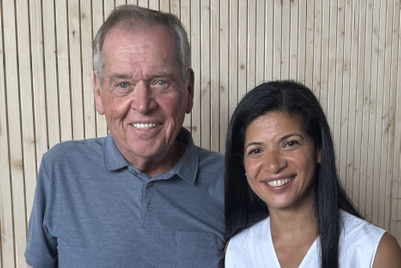
So you’re looking to write a press release and, ideally, pick up coverage far and wide. Let PRWeek UK’s entirely unscientific survey of journalists show you what you need to steer clear of.
This article is intended to be light-hearted and, hopefully, useful for PR pros who want to avoid provoking the ire of busy journalists (who are far from perfect themselves, of course).
1. ‘Will this [tiny] picture be OK?’/No picture supplied
This is a worthy inclusion because it is such a common error, and arguably the number one cardinal sin as far as journalists are concerned. Put it this way: the story you read over coffee this morning – did it have a picture?
2. ‘Driving’/‘delivering’
Is your client in motoring or automotive, post or logistics? Try to avoid terms such as 'driving new business', 'driving economic recovery' and 'driving results'. Instead, 'steer' clear (sorry) of the metaphor and opt for ‘growing’ or ‘increasing’.
3. ‘We are delighted’/‘We can’t wait to get started’
When providing a comment, avoid these types of quotes. Journalists and editors know an appointee isn't grumpily twiddling their thumbs until it’s time to take up their new role. Remember, hyperbolic words will be among the first to get cut. See also: ‘thrilled’, ‘overjoyed’, ‘ecstatic’.
4. ‘World’s first’
It’s incredibly difficult to say for certain whether something is truly a ‘first’, so it’s best to avoid the term unless it can be proven.
5. ‘Unique’/‘Very unique’
See above. Note: ‘very unique’ is a nonsensical phrase – something is either unique or it isn’t.
6. ‘Leading’
Is every organisation you represent a leading one? Where are they all leading us to? ‘Leading’ is a subjective term that adds nothing but hype. Instead, be specific. For example, instead of describing Dave Smith Tuna as “the leading tuna supplier”, go for “the UK’s biggest tuna supplier” – and provide evidence for the ‘biggest’ claim in the release.
7. ‘A survey of [fewer than 50 people]’
If you’ve spoken to fewer than 50 people, your stop-press data analysis does not really have legs, and you shouldn’t be drawing quantitative analysis from it. Yes, it can offer qualitative and anecdotal value, but please don’t offer it up as definitive research. There are exceptions to this rule if the 50 surveyed are of a certain high calibre (for example, ex-secretaries of state, FTSE 100 CEOs, etc).
8. ‘State-of-the-art’
This is one of those terms that could mean just about anything in a PR context. Another opportunity to drill down into the detail.
9. Overwritten press releases
Just like you, seasoned journalists work long hours under pressure. To ensure they read your perfect prose, keep away from paragraphs of overwritten, impenetrable copy – the likelihood is journalists will stop reading your labour of love and spike the story.
10. Vague language
Vague language such as ‘experience’ and ‘innovative’ are a recipe for a disaster. To avoid making this error, ask yourself: what do you mean? Is that how you’d describe it to a mate in the pub?



.jpg&h=334&w=500&q=100&v=20250320&c=1)
.jpg&h=334&w=500&q=100&v=20250320&c=1)

.png&h=334&w=500&q=100&v=20250320&c=1)

.png&h=334&w=500&q=100&v=20250320&c=1)

.jpg&h=334&w=500&q=100&v=20250320&c=1)









